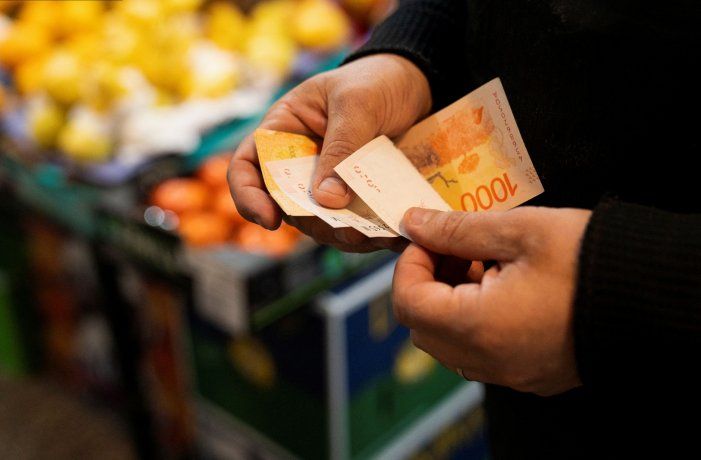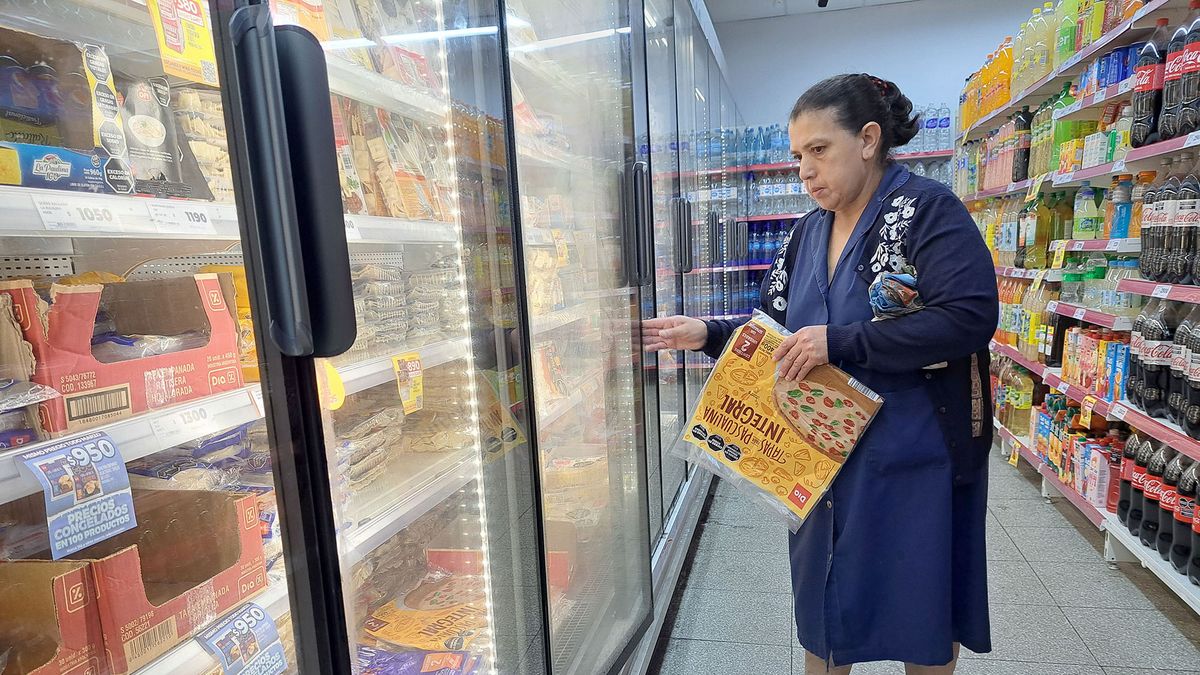July inflation, according to consulting firms
According to the consultancy Orlando Ferreres, July inflation was 3.8% monthly and recorded a year-on-year growth of 249.5%. In addition, the Core inflation rose at a monthly rate of 2.5%marking an annual increase of 241%. Thus, the accumulated cost of living was 83.1%, and the core accumulated 70.7% in July.
As for the main categories, Miscellaneous Goods and Food and Beverages led the month’s increases, both registering a monthly rise of 4.9%, followed by Transport and Communications and Health, which showed a variation of 4.8% and 4.4% respectively.
The core measurement, for its part, showed a variation of 2.5% and in annual terms it registered an increase of 241%. As for seasonal goods and services, the variation registered was 11.1% monthly, while the Regulated goods and services rose 3.9% monthly.
INFLATION ART
Forecasts suggest that prices will not slow down as much as the Executive would like.
Ambit
Most analysts say that the lower increase in regulated prices had an impact on the reduction of inflation, an already undisputed priority of the Government, added to the fact that the slowdown in some products continues, putting downward pressure on the general figure, in an attempt to bring the CPI to levels close to the crawling peg of 2%.
According to specialists Liberty and Progress, inflation rose by 3.8% in Julya slowdown of 0.8 percentage points compared to the official measurement of 4.6% in June. In the first half of the year, the increase has accumulated by 86.7%.
“The tendency for inflation to slow down is clear and, as long as the depreciation of the currency that began in May and June continues to be reversed, we could see some months that start with a 2. That will depend on how and when the arrears in regulated prices and public service rates are corrected,” said Aldo Abram, director of the Fundación Libertad y Progreso.
For its part, Clara Alesinaan economist from the same entity, states that the monthly variation in prices remains positive and the process of deceleration of inflation continues.
“The Government’s measures contributed to reducing unsupported sources of issuance; the end of Treasury financing through currency issuance and the elimination of the remunerated debt of the BCRA. In return, the purchase of reserves and the payment of debt and interest must be financed with a fiscal surplus or an increase in the genuine demand for pesos, which represents a major challenge for the Government. It is key to maintain a commitment to fiscal discipline to promote long-term economic stability,” explained Alesina.
For its part, the C&T consultancy He stated that inflation It was 4.4% after a survey in PBAfalling below the 4.9% estimated in June.
“Core inflation was 2.7% monthly, just above the 2.6% in June“The gap between the two measurements reflects a strong impact of seasonal components on the overall measurement,” the report said.
inflation supermarkets wholesale prices consumption

Most analysts say that the lower increase in regulated prices had an impact on the decline in inflation.
Reuters
While, Econviews, which conducts a weekly survey, noted a strong rise in the first two weeks, and a reduction in the third and fourth weeks of the month. In the food category, the strong seasonal component of greengrocers, cleaning and perfumery, and dairy products were the main drivers of prices last month.
From the center CESOreported a monthly price increase of 1.1% in the supermarket sector according to their survey. They noted, on the other hand, that Fresh Foods registered their largest weekly variation (1.5%).
Analyticafor its part, another of the country’s best-known consulting firms, estimated inflation above 4%, at 4.1% and an increase in seasonal prices that reached 6.4%.
For EcoGoJuly inflation was 4.1%, bringing the year-on-year price increase to 272.7%. Core inflation, meanwhile, reached 3.9%, reflecting a slowdown compared to last month.
The measurement, which excludes regulated and seasonal items, thus reaches a year-on-year increase of 268.2%, with the increase in the price of goods (292.3%) being considerably higher than that of services (197.2%), he said.
At the same time, The Equilibra consultancy reported its advance inflation indicator for July, which reached 3.5%. This figure shows an annual inflation rate of 261% and an accumulated inflation rate of 86% in the first seven months of the year.
As for core inflation, it remained stable at around 3.5%. (in line with May and June). “But in the disaggregated form, non-seasonal food and beverages rose 2.5% (motivated by the “crawling-peg” to 2%), while the rest of its components grew around 4%, which is partly linked to the rise in the CCL exchange rate in July (+3.6% monthly average), which impacts imports,” the report states.
Source: Ambito




